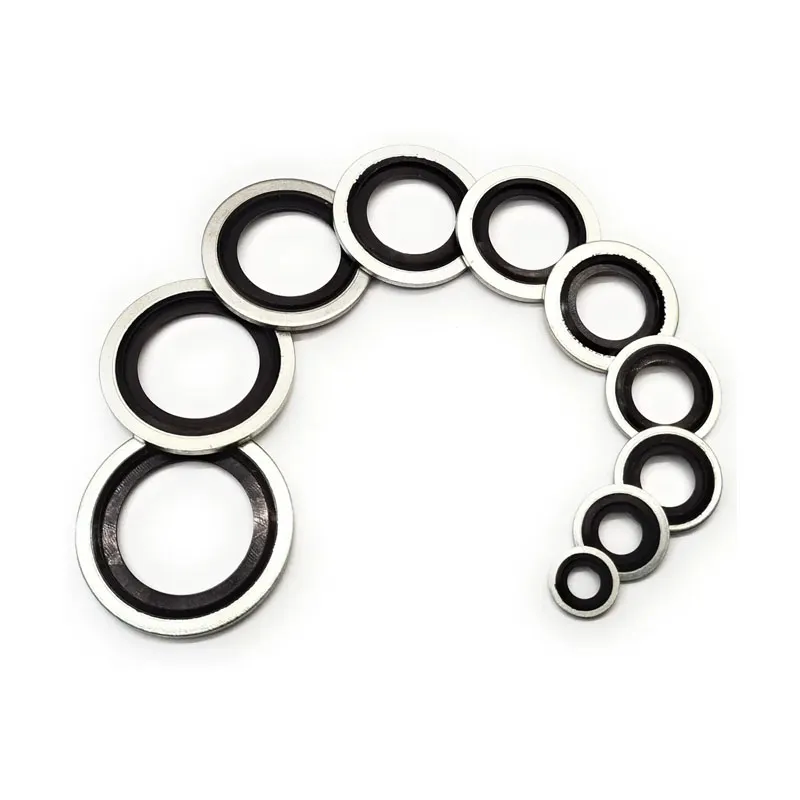wheel hub oil seal
Understanding Wheel Hub Oil Seals Importance and Maintenance
The wheel hub oil seal, often overlooked, plays a critical role in the functioning of the vehicle’s wheel assembly. This small yet vital component is designed to prevent the leakage of lubricating oil from the wheel hub, ensuring that the bearings remain well-lubricated while also keeping dirt and moisture out. Understanding the function and maintenance of wheel hub oil seals can significantly influence the overall performance and longevity of your vehicle.
The Function of Wheel Hub Oil Seals
Wheel hub oil seals serve a dual purpose. First, they retain the lubrication necessary for the smooth operation of the wheel bearings. Without proper lubrication, bearings can overheat, wear out quickly, and ultimately fail, leading to costly repairs and potentially dangerous driving conditions. Second, these seals act as barriers, preventing contaminants such as water, dirt, and debris from entering the wheel hub assembly. This is especially important for vehicles operating in harsh environments where exposure to such elements is common.
Types of Wheel Hub Oil Seals
There are various designs of oil seals available in the market, each suited for different vehicle types and applications. The most common types include
1. Single Lip Seals These are the simplest form of seals, featuring one flexible lip that presses against the shaft. They are suitable for low-pressure applications.
2. Double Lip Seals Offering better protection than single lip seals, double lip seals have two flexible lips, which provide enhanced containment of the lubricant and better exclusion of contaminants.
3. Spring-loaded Seals Some oil seals come equipped with a metal spring that applies constant pressure to the sealing lip. This design helps maintain effective sealing even under varying conditions, such as temperature and pressure changes.
Signs of a Failing Oil Seal
wheel hub oil seal

Identifying problems with the wheel hub oil seal early can save you from expensive repairs
. Signs of a failing oil seal may include- Oil leaks Visible oil on the wheel rim or below the vehicle may indicate that the oil seal is compromised. - Noise from the wheel area If the wheel bearings begin to fail due to inadequate lubrication from a leaking oil seal, you may hear grinding or chirping noises. - Vibration while driving Worn bearings may lead to misalignment and increased vibrations, which can affect the overall driving experience.
Maintenance of Wheel Hub Oil Seals
To ensure that your wheel hub oil seals function properly, regular maintenance is crucial. Here are some maintenance tips
1. Routine Inspections During regular vehicle maintenance, check the wheel area for any signs of oil leakage or deterioration of the seals. Early detection can prevent further damage.
2. Lubrication Ensure that the wheel bearings are adequately lubricated during servicing. This is vital for the longevity of both the bearings and the oil seal.
3. Replacement If you notice any damage or signs of wear, it’s essential to replace the oil seal promptly. Typically, replacing a wheel hub oil seal is a straightforward process that can be performed during a brake or bearing service.
4. Proper Installation When replacing oil seals, ensure they are installed correctly. A misaligned or improperly seated seal can lead to premature failure.
Conclusion
In conclusion, the wheel hub oil seal may be a small component, but its impact on vehicle safety and performance is significant. By understanding its functions, recognizing the signs of failure, and committing to routine maintenance, vehicle owners can ensure that their wheel assemblies operate smoothly and efficiently. Regular checks and timely replacement will not only save money in the long run but also provide peace of mind when driving. Whether you are a seasoned automotive enthusiast or simply a casual driver, paying attention to the condition of your wheel hub oil seals is a critical aspect of vehicle upkeep.
-
Understanding the Front Main Engine Seal: Purpose, Maintenance, and Installation
News Jul.29,2025
-
Understanding O-Rings and Seal Rings: Types, Applications, and Custom Solutions
News Jul.29,2025
-
Understanding Crankshaft Oil Seals: Rear Seals, Pulley Seals, and Their Role in Engine Integrity
News Jul.29,2025
-
The Importance of Front and Rear Crankshaft Seals in Engine Performance and Oil Management
News Jul.29,2025
-
Crank Oil Seals: Functions, Types, and Cost Considerations in Engine Maintenance
News Jul.29,2025
-
A Comprehensive Guide to O-Rings and Seals: Types, Materials, and Global Applications
News Jul.29,2025
-
Mastering Diesel and Performance Engine Maintenance: A Guide to Critical Oil Gaskets
News Jul.28,2025
Products categories















